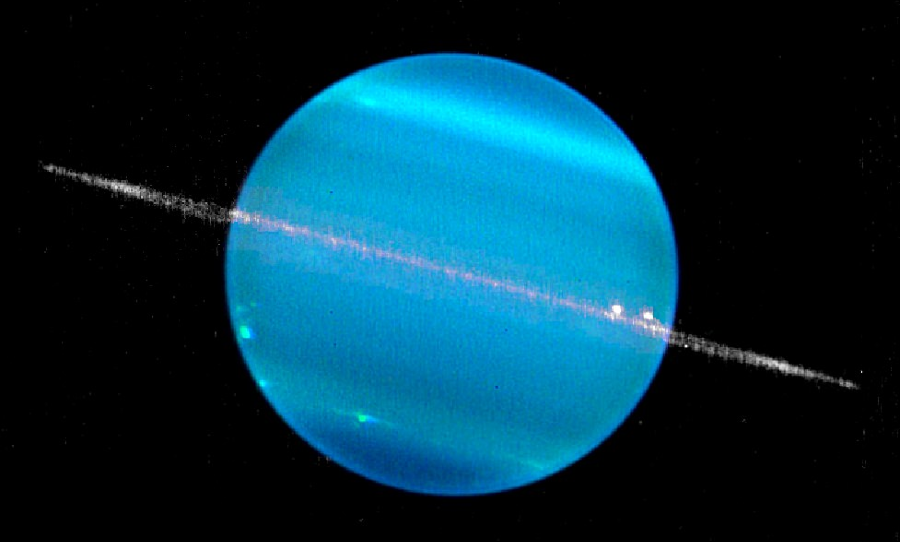New experimental evidence has recorded a strange phenomenon which suggests that it could very well be raining diamonds on Uranus and Neptune.
Known for their extremely cold exteriors, the hypothesis suggests that the extreme heat and pressure thousands of kilometres below the surface create hydrocarbon compound reactions which form diamonds that rain down inside the planets.
You better believe it: new findings suggest that weather conditions and air pressure cause Uranus to rain diamonds. Less hilariously, this also happens on Neptune.
The new evidence, published in Nature Communications, has shown how this phenomenon could take place.
Researchers used SLAC National Accelerator Laboratory’s Linac Coherent Light Source (LCLS) X-ray laser to try and gather the most precise measurements to date. The study was used to show how hydrocarbon particles would behave under the pressure and temperatures expected 10,000 kilometres inside Neptune. At this point, where the pressure is approximately 1.5 million atmospheres and the temperature is 4,730°C, the hydrocarbon particles separated into two distinct elements.
However, the tests also showed that at least a quarter of the carbon clusters together, and at this point, turns directly into crystalline diamonds.
Besides being really cool, diamond rain actually serves an important function in planets like Uranus and Neptune.
As the falling diamonds sink and rub against other dense material, friction is created which subsequently generates heat. This plays an important role in balancing internal energy levels and temperatures on Uranus and Neptune – or in other words, ensures the planets keep themselves toasty warm.
Uranus is truly full of surprises.




